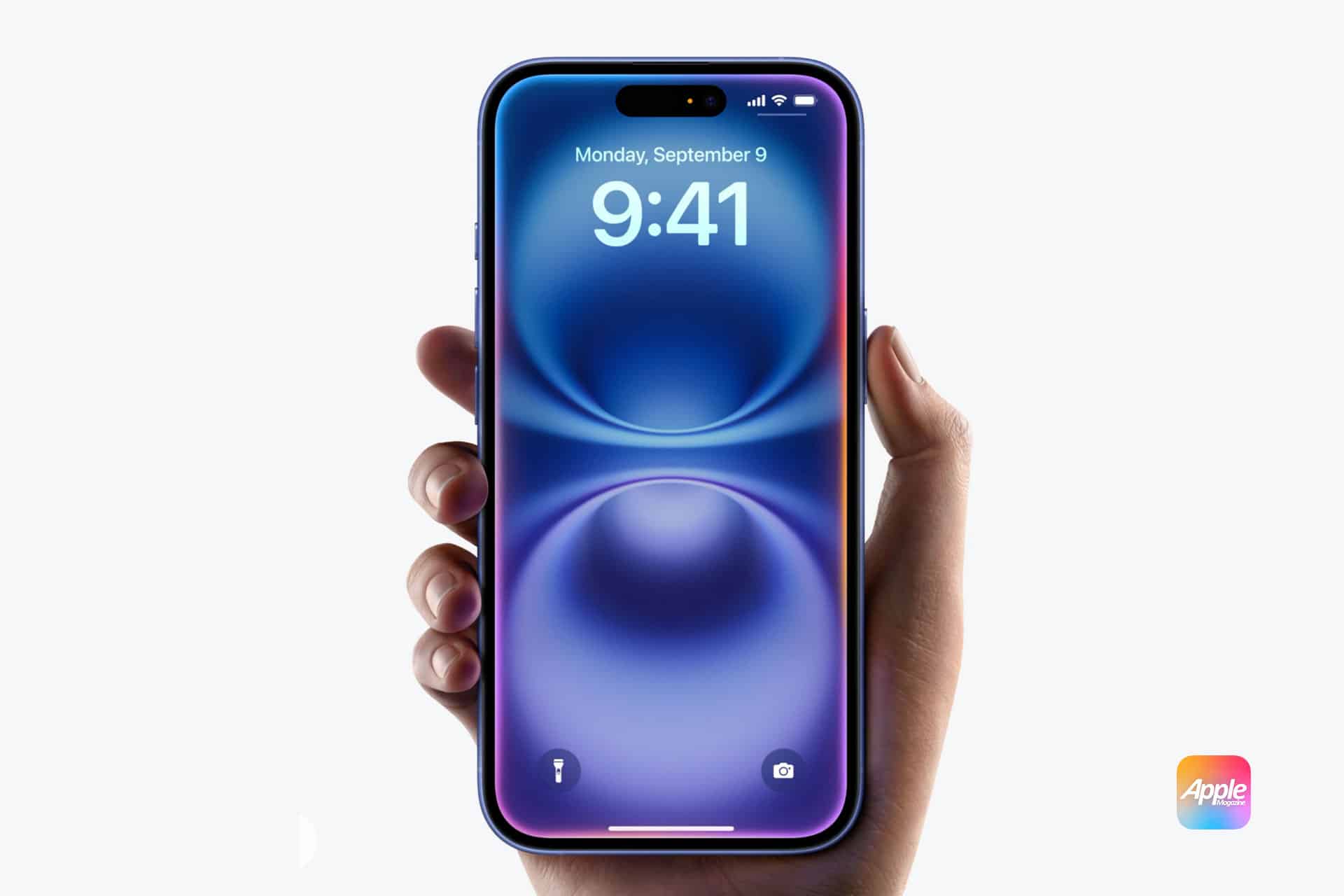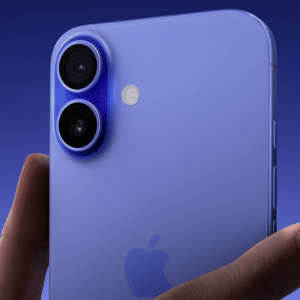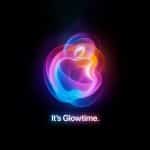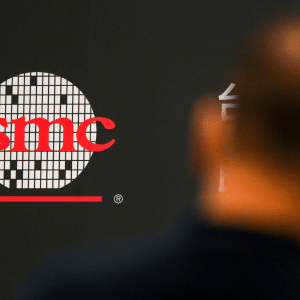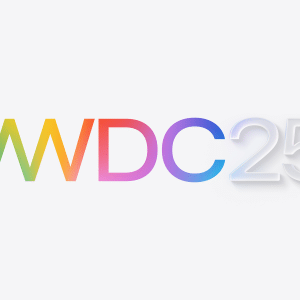Apple’s iPhone line has long been a staple among young consumers, especially teens. However, recent reports suggest that interest in the iPhone 16 is waning among this demographic. While Apple has traditionally held a dominant market share among teenagers, this dip in demand signals a possible shift in preferences as competitors ramp up their efforts in the smartphone market.
Historically, Apple has enjoyed brand loyalty among younger users, with teens often preferring iPhones over other smartphone brands. The iPhone’s seamless integration with Apple’s network of devices and apps, from iMessage to FaceTime, has helped the company maintain a firm grip on this market. However, the recent data indicates that the iPhone 16 is not generating the same excitement among teens as previous models.
So, what’s driving this shift? There are a few potential factors:
1. Lack of Major Innovations
One key reason for the decreased demand is the perceived lack of groundbreaking features in the iPhone 16. While Apple’s latest flagship offers improvements in performance and camera technology, many teens are looking for more innovative features that set new models apart from older ones. Unlike previous iterations, the iPhone 16 doesn’t introduce any major revolutionary changes, which may lead to a sense of “upgrade fatigue” among younger consumers.
2. The Rising Competition
Another factor contributing to this trend is the increasing competition from Android manufacturers. Brands like Samsung and Google have been pushing the boundaries of smartphone design, offering foldable phones, advanced customization options, and gaming-centric devices that appeal to a tech-savvy, younger audience. Some teens are beginning to explore these alternatives, especially as Android devices become more competitive in terms of both features and price.
3. Price Sensitivity
Despite being widely popular, the iPhone’s premium pricing has always been a concern, particularly for younger buyers. With rising living costs, many teens and their families are looking for more budget-friendly options. The iPhone 16, while packed with high-end features, is priced at a premium, making it less accessible to those on tighter budgets. This could explain why some teens are considering switching to more affordable smartphone options from competitors like Google Pixel or OnePlus.
Impact on Apple’s Youth Strategy
Teens represent a crucial market for Apple, not only because they make up a significant portion of smartphone users but also because of their influence on tech trends and spending. A decline in demand among this demographic could have long-term implications for Apple’s brand loyalty and market dominance.
If fewer teens buy iPhones now, Apple risks losing a generation of loyal users who may switch to Android and stick with it for years. The company has always thrived on building lifelong relationships with its users, beginning with products like the iPhone and extending across its other devices and services.
How Apple Might Respond
Although the iPhone 16’s appeal among teens has dipped, it’s unlikely that Apple will take this trend lightly. The company has a history of making strategic adjustments based on consumer behaviour. Here are a few ways Apple could respond:
1. Focus on Innovation and Differentiation
Apple could use the feedback on the iPhone 16 to emphasize innovation in its next models. If teens want more exciting features, the iPhone 17 and future devices may introduce more experimental technologies, such as foldable screens, enhanced AR experiences, or even further improvements in Apple Intelligence, which could attract young users looking for novelty and cutting-edge capabilities.
2. Expanding Affordable Options
Apple may also bolster its lineup of affordable iPhones or even adjust pricing strategies to make premium models more accessible to younger users. The iPhone SE and older, discounted models have traditionally been a go-to for teens who want the Apple brand at a more accessible price point. Still, Apple may need to consider expanding these offerings or adding more value through services and bundles.
3. Enhancing Services and Integration
Apple’s services, such as Apple Music, Apple Arcade, and Apple Fitness+, appeal to young audiences seeking content, gaming, and fitness options from a single platform. By enhancing the integration between devices and services, Apple could boost the overall value proposition of owning an iPhone, making it more appealing to young users who prioritize versatility and entertainment.
Looking Ahead: Can Apple Reclaim Teen Interest?
Apple is no stranger to competition or shifts in consumer sentiment, and it has consistently adapted to maintain its leadership in the smartphone market. While the dip in iPhone 16 demand among teens is a concern, it’s important to view this as an opportunity for Apple to reinvent and strengthen its appeal among younger consumers.
The upcoming iPhone 17, new AR/VR products, and M4 MacBooks could set the stage for a renewed focus on innovation. Whether through updated designs, competitive pricing, or groundbreaking new features, Apple will likely work hard to ensure that it continues to capture the next generation’s hearts (and wallets).
